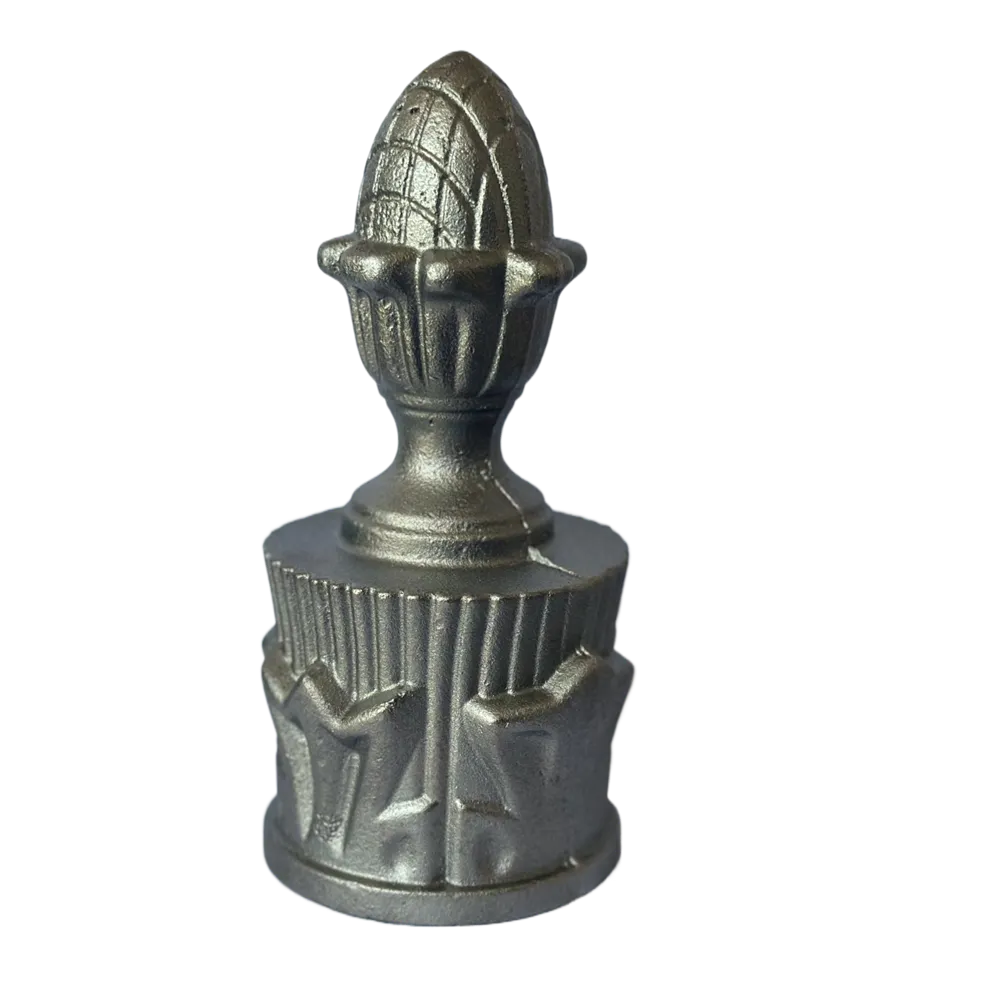Beautiful Designs in Decorative Wrought Iron for Elegant Home and Garden Decor
The Art of Decorative Wrought Iron
Wrought iron has long been celebrated for its strength, durability, and aesthetic appeal. This versatile material has transcended centuries of design evolution, finding its place in both classical and contemporary architecture. In particular, decorative wrought iron stands out as a remarkable fusion of functionality and artistry, transforming ordinary structures into works of art that captivate the eye and enrich our environments.
The history of wrought iron can be traced back over two thousand years. Initially utilized for its structural properties, blacksmiths soon discovered its malleability, allowing them to create intricate designs that showcased their craftsmanship. Decorative wrought iron became synonymous with sophistication and elegance during the Renaissance and Baroque periods, as artisans began to develop elaborate gates, railings, and furniture pieces that featured scrolling patterns, intricate floral motifs, and geometric designs.
Today, decorative wrought iron is prominent in various applications. Whether adorning the balconies of historic buildings, framing doorways, or providing security through gates and fences, its presence is both functional and ornamental. The unique characteristic of wrought iron lies in its ability to be manipulated into various shapes and forms, allowing for endless creativity. Artisans often use traditional techniques such as hammering, twisting, and bending to create bespoke pieces tailored to the specific aesthetic of a space.
One of the most significant advantages of decorative wrought iron is its durability. Unlike other materials, wrought iron can withstand the test of time, resisting corrosion and weathering. This makes it a popular choice for outdoor applications, where it can enhance the beauty of gardens, patios, and entrances while remaining resilient against the elements. When properly maintained, a decorative wrought iron piece can last for generations, becoming a cherished part of a family's legacy.
decorative wrought iron

The appeal of decorative wrought iron extends beyond its longevity. Its design versatility allows it to complement a wide range of architectural styles. In classical settings, ornate wrought iron railings evoke a sense of grandeur, while minimalist designs can seamlessly integrate into modern aesthetics. This adaptability makes it a sought-after material for homeowners and architects alike who wish to leave a lasting impression.
In contemporary design, decorative wrought iron is often paired with other materials such as glass, wood, and stone, resulting in stunning contrasts that enhance the overall visual impact. For instance, a wrought iron staircase can serve as a striking focal point when combined with a sleek, glass enclosure, creating a balance of elegance and modernity. This interplay between materials allows architects and designers to push the boundaries of creativity while maintaining structural integrity.
Moreover, the rise of custom-made wrought iron pieces has contributed to its resurgence in popularity. Homeowners increasingly seek unique, handcrafted items that reflect their personal style and contribute to the character of their spaces. By commissioning a local artisan, individuals can acquire one-of-a-kind designs that resonate with their vision, adding a personal touch that mass-produced items cannot offer.
In conclusion, decorative wrought iron embodies a rich tradition of craftsmanship and artistic expression. Its blend of durability, versatility, and beauty ensures that it remains a relevant choice in both modern and traditional designs. As we continue to explore innovative ways to incorporate this timeless material into our surroundings, the legacy of wrought iron as a decorative element is poised to endure, enriching our lives and spaces for years to come.
-
Wrought Iron Components: Timeless Elegance and Structural StrengthNewsJul.28,2025
-
Window Hardware Essentials: Rollers, Handles, and Locking SolutionsNewsJul.28,2025
-
Small Agricultural Processing Machines: Corn Threshers, Cassava Chippers, Grain Peelers & Chaff CuttersNewsJul.28,2025
-
Sliding Rollers: Smooth, Silent, and Built to LastNewsJul.28,2025
-
Cast Iron Stoves: Timeless Heating with Modern EfficiencyNewsJul.28,2025
-
Cast Iron Pipe and Fitting: Durable, Fire-Resistant Solutions for Plumbing and DrainageNewsJul.28,2025
-
 Wrought Iron Components: Timeless Elegance and Structural StrengthJul-28-2025Wrought Iron Components: Timeless Elegance and Structural Strength
Wrought Iron Components: Timeless Elegance and Structural StrengthJul-28-2025Wrought Iron Components: Timeless Elegance and Structural Strength -
 Window Hardware Essentials: Rollers, Handles, and Locking SolutionsJul-28-2025Window Hardware Essentials: Rollers, Handles, and Locking Solutions
Window Hardware Essentials: Rollers, Handles, and Locking SolutionsJul-28-2025Window Hardware Essentials: Rollers, Handles, and Locking Solutions -
 Small Agricultural Processing Machines: Corn Threshers, Cassava Chippers, Grain Peelers & Chaff CuttersJul-28-2025Small Agricultural Processing Machines: Corn Threshers, Cassava Chippers, Grain Peelers & Chaff Cutters
Small Agricultural Processing Machines: Corn Threshers, Cassava Chippers, Grain Peelers & Chaff CuttersJul-28-2025Small Agricultural Processing Machines: Corn Threshers, Cassava Chippers, Grain Peelers & Chaff Cutters












